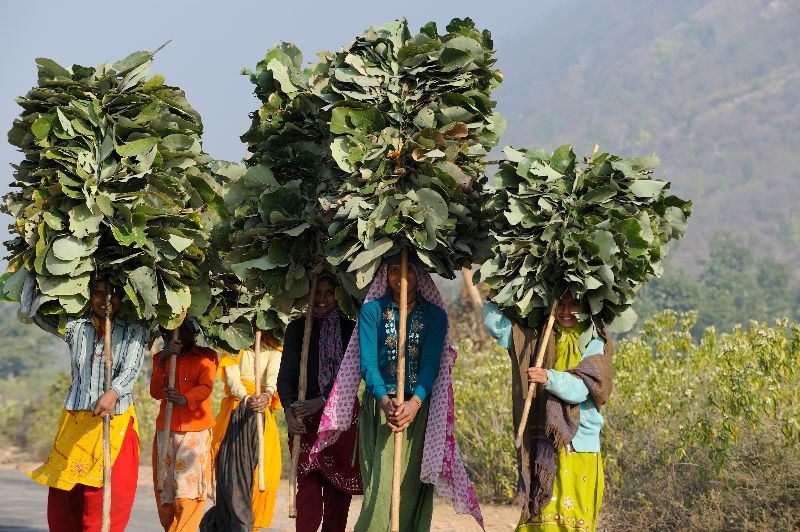With scientists declaring 2023 likely to be the hottest year ever recorded, discussions at this year’s COP28, the annual U.N. climate summit, have never felt more urgent.
As diplomats and leaders gather in Dubai from Thursday, one big talking point will be how the transition to a low-carbon world risks widening the gender jobs gap but could also provide opportunities to narrow it, too.
With countries moving away from fossil fuels towards a more sustainable economy, jobs in polluting industries such as coal mining are at risk. Ensuring these workers can find new employment and no one is left behind is known as ‘just transition.’ This move could also create an estimated 24 million new jobs worldwide by 2030, according to UN Women, but 80 percent will be in male-dominated sectors.
Add in the fact that women and girls face the greatest impacts of climate change, as well as ongoing age-old inequalities in the workplace, and it becomes clear why the International Labour Organization (ILO), the U.N.’s labor rights watchdog, is starting to explore this issue in-depth (it’s often referred to as a ‘gender-responsive just transition’).
“Women and men will be losing jobs,” says Emanuela Pozzan, a gender equality specialist at the ILO. “But it is clear that unless we do something very well thought-out, women might not be part of the new opportunities either.”
As countries shift to decarbonisation, jobs will grow in a variety of sectors, including transport, agriculture, forestry, recycling and waste management. Take, for example, the U.S.’ Inflation Reduction Act, described as the country’s first serious legislative attempt to tackle the climate crisis. By investing in clean energy, it’s created more than 170,000 jobs in one year for electricians, mechanics and construction workers, among others, according to U.S. based advocacy group Climate Power.
Although these numbers don’t appear to be broken down by gender yet, with women making up just 25 percent of the U.S.’ energy industry workforce, it’s unlikely many of these jobs have gone to women. Most of the sectors with potential for green energy job booms are male-dominated, says Pozzan, but it also provides a major opportunity to invest in or develop workplace policies on issues such as child-care, wage gaps and work-life balance.
The thinking is, address what held women back the first time round and you might just chip away at gender inequality in the workplace on the second go.
It’s worth it, too. By 2030, the circular economy alone could create roughly 12 million new jobs for women, according to the ILO.
Although jobs and livelihoods are under threat all round, women are particularly vulnerable because they are overrepresented in informal, low-wage, precarious work. Around the world, a quarter of all employed women work in agriculture, for example, a mostly informal sector already ravaged by climate change with few trade unions.
While there is currently huge investment being pumped into agriculture to design technology-driven climate solutions, Pozzan questions whether women are involved in these conversations, despite being early adopters of new agricultural techniques.
As governments at COP28 begin to unpack the link between climate change, gender equality and the world of work, answers can only be found by talking to women themselves, she adds.
“We really need to look at everything together and always identify: where are the women? Why are the women not there? And what can we do about it?”



